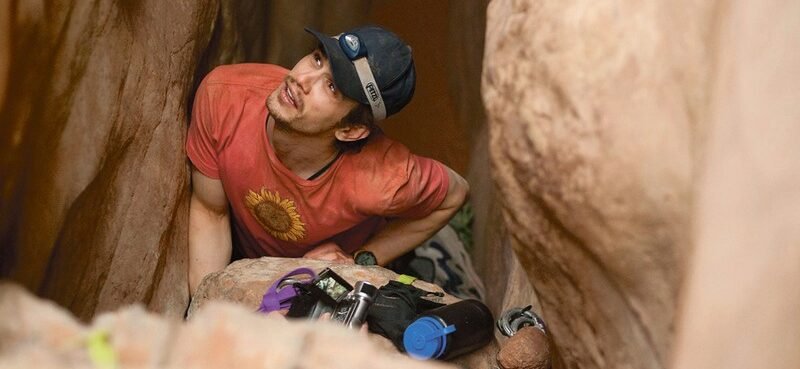🎬 Main 127 Hours Filming Locations:
- Bluejohn Canyon, Utah
- Canyonlands National Park, Utah
- Moab, Utah
- Salt Lake City, Utah
- Homestead Crater, Midway, Utah
Danny Boyle’s 127 Hours is more than just a survival drama — it’s a visually raw and emotionally gripping tribute to human willpower. Based on the true story of mountaineer Aron Ralston, who amputated his own arm to escape being trapped by a boulder in Bluejohn Canyon, the film immerses viewers in both mental and physical landscapes. What made this immersion so convincing? The stunning filming locations.
Let’s explore the real and recreated places that brought 127 Hours to life — with some fascinating behind-the-scenes trivia at each stop.
1. Bluejohn Canyon, Utah
Location Type: Real-life site of the entrapment
Region: Robbers Roost, near Canyonlands National Park
This remote, narrow slot canyon is where the real Aron Ralston’s ordeal took place in 2003. Filming here wasn’t easy — the terrain is rugged, isolated, and requires careful navigation. Boyle and the team shot actual scenes on location, capturing the authenticity of the desert landscape.
Fun Fact: The crew camped on-site for a week and filmed scenes in the exact canyon location—though the original boulder had been removed, requiring a replica.
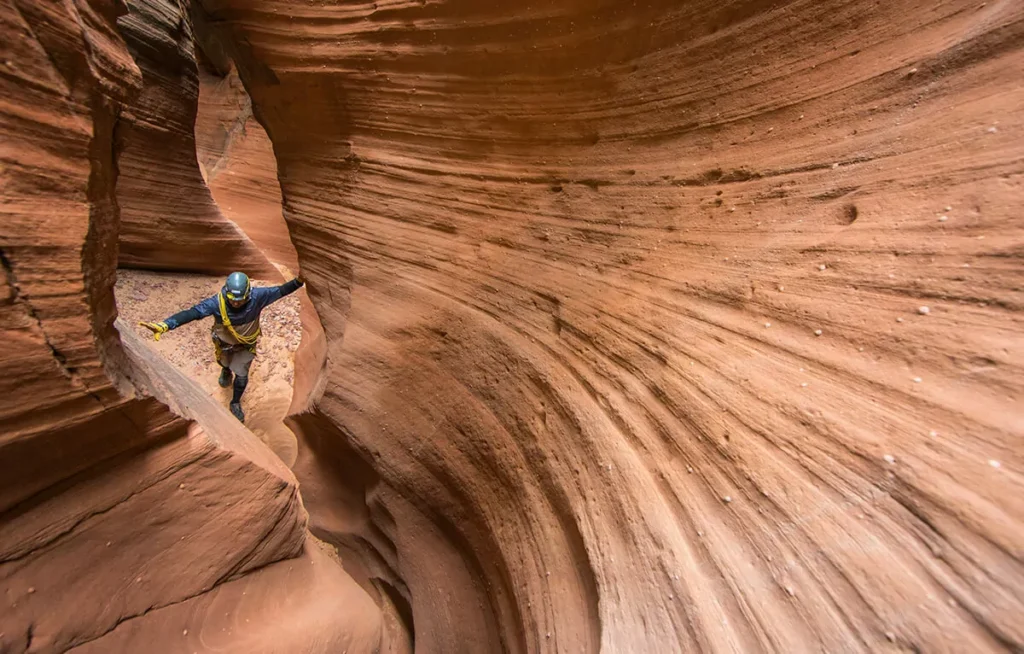
2. Canyonlands National Park, Utah
Location Type: Scenic outdoor shots
Region: Near Moab, Utah
This massive, iconic national park provided sweeping views of red rock formations, canyons, and mesas that visually anchored the film’s desert journey. It’s one of the most photogenic parts of Utah and helped set the emotional tone for the film.
Fun Fact: Utah’s picturesque red-rock terrain was credited with drawing international attention—127 Hours alone contributed about $14 million to Utah’s economy through filming incentives and production activity.
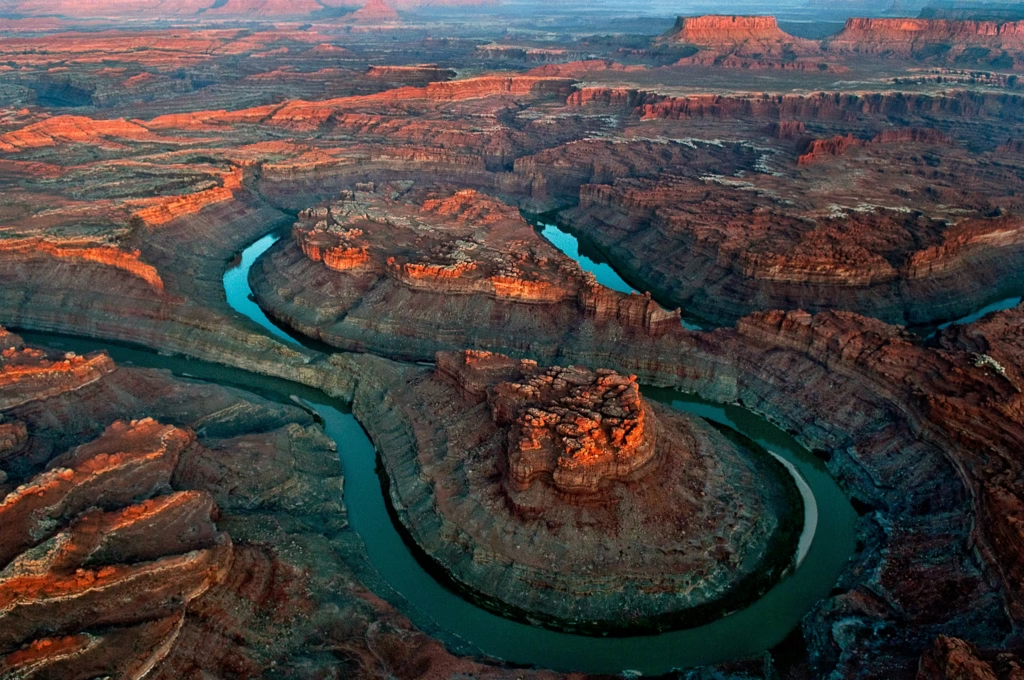
3. Moab, Utah
Location Type: Base and nearby shooting location
Region: Southeastern Utah
Moab served as the nearest town and logistical base for the cast and crew. The town is well-known among adventurers and climbers — making it a natural support hub for a film like 127 Hours.
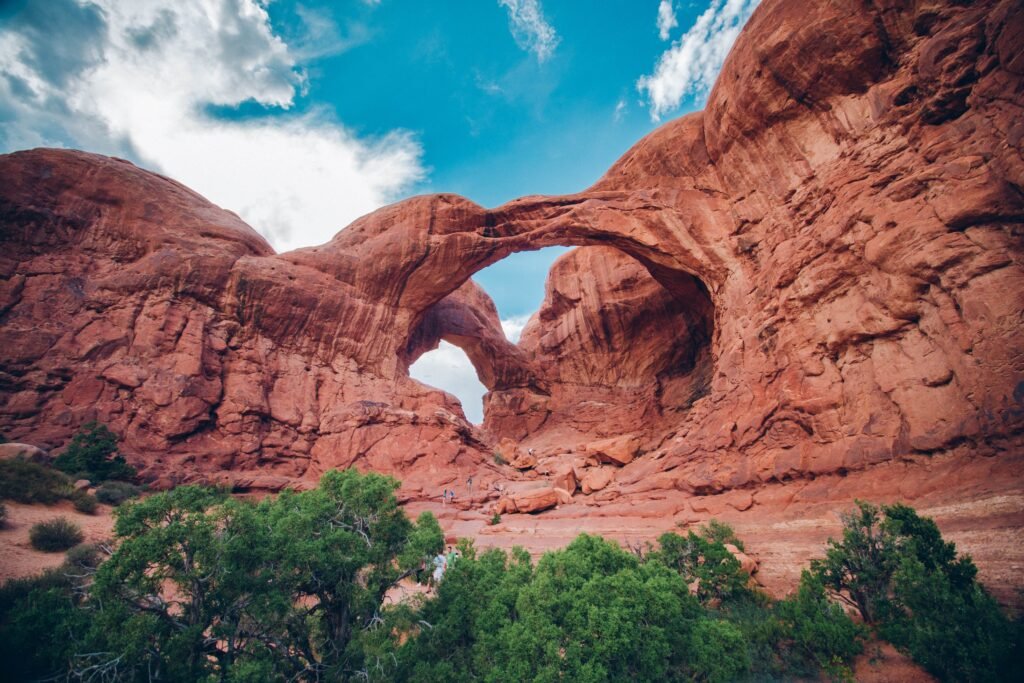
4. Salt Lake City, Utah
Location Type: Studio and urban scenes
Some filming also occurred in and around Salt Lake City, including scenes requiring controlled indoor conditions. It allowed the team to recreate elements with better precision and safety.
Most of the interior canyon scenes—including the amputation sequence—were filmed in a giant soundstage built inside a converted furniture warehouse in the Sugar House district of Salt Lake City (1050 E 2100 S). This meticulously crafted set mimicked Bluejohn Canyon’s tight spaces, forcing actors and crew to crawl in sideways—producing real climactic claustrophobia.
5. Homestead Crater, Midway, Utah
Location Type: Scenic “pool” scene
The beautiful underground pool featured in the movie—purportedly in Bluejohn Canyon—is actually Utah’s Homestead Crater, a hot‑spring–heated pool inside a rock dome near Midway, ~30 miles southeast of Salt Lake City. The scene was staged using stunt performers, not real cliff diving.
Tourism at 127 Hours Filming Locations
Since the release of 127 Hours, interest in visiting Bluejohn Canyon and the surrounding Canyonlands region has grown significantly—especially among adventurers and outdoor enthusiasts. While Bluejohn Canyon itself remains a remote and challenging destination, guided canyoneering tours are available for experienced hikers who want to retrace Aron Ralston’s steps. Moab, Utah, the adventure capital of the state, offers a hub for visitors with access to nearby attractions like Arches National Park, Dead Horse Point, and the Homestead Crater (used for the pool scene). Travelers should be aware that parts of Bluejohn Canyon require permits, navigational skills, and proper gear—and some sections are not recommended without a licensed guide. Still, for many, visiting the actual locations of 127 Hours adds a powerful, personal dimension to the story of resilience that captivated the world.
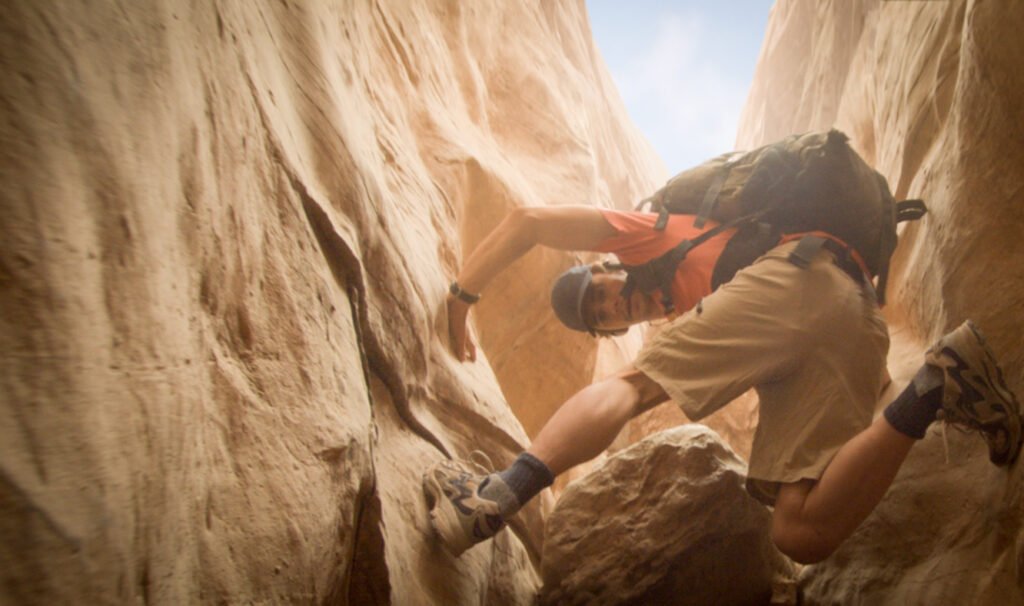
Safety Tips for Visiting 127 Hours Locations
Exploring Bluejohn Canyon and Canyonlands is thrilling but can be dangerous without proper prep. Follow these essential safety rules:
Stay Hydrated & Sun-Protected
- Bring at least 1 gallon (4L) of water per person/day.
- Wear sunscreen, a hat, and light clothing.
Watch for Flash Floods
- Flash floods can hit even if skies are clear. Avoid slot canyons if there’s rain in the forecast.
Gear Up Properly
- Bluejohn is a technical canyon—bring ropes, helmets, and rappelling gear.
Navigation & Permits
- Use offline GPS/maps—no cell signal in most areas.
- Some areas require free permits from local authorities.
Follow Park Rules
- No off-trail hiking, graffiti, or off-road driving. Pack out all waste.
➡️ Sources:
Final Thoughts
The beauty and terror of 127 Hours lie not just in its story, but in the grounded realism of where it was filmed. By combining real wilderness with a smartly built replica, the film bridges the line between cinema and survival documentary. These locations aren’t just backdrops — they’re characters in their own right.
Whether you’re a film lover, a climber, or just someone curious about movie magic, 127 Hours is a testament to how powerful location can be in telling a story.

